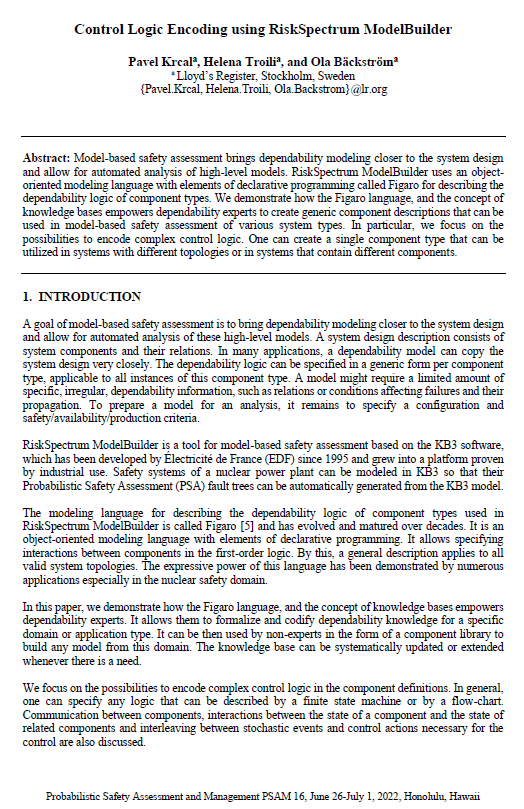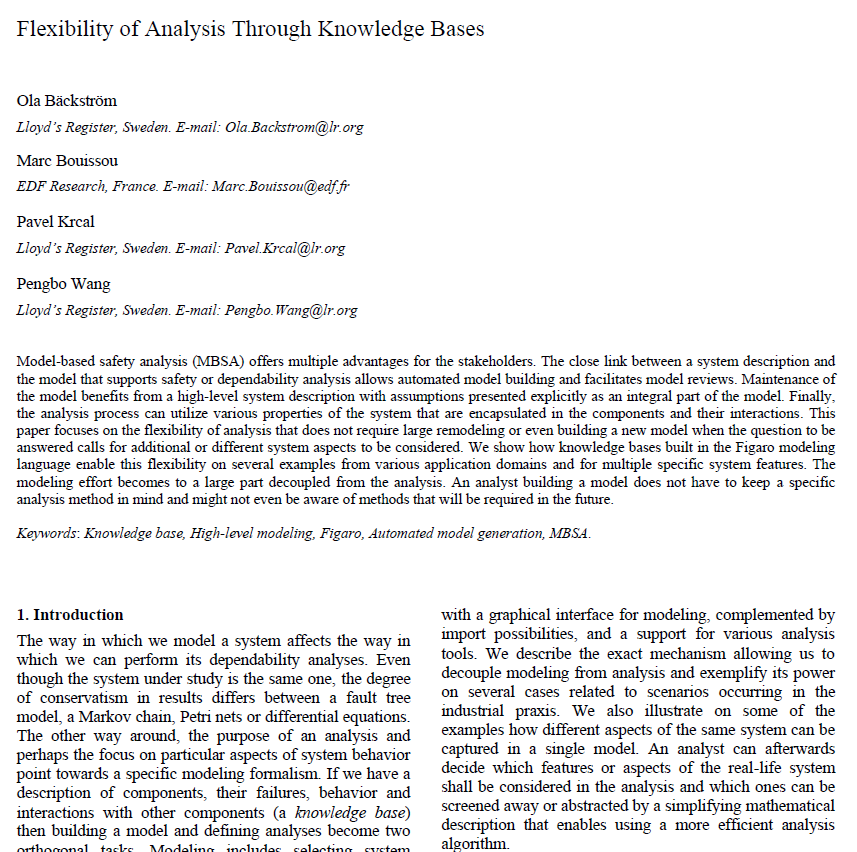SOLUTIONS
Risk, Reliability and Availability Analysis
RiskSpectrum has the tools you need for managing risk, reliability and availability in your systems and processes
The RiskSpectrum software suite includes software for carrying out risk and reliability analysis using fault trees and Monte Carlo simulation for availability analysis of systems and processes represented in the Model Based Safety Assessment (MBSA) tool RiskSpectrum ModelBuilder.
RiskSpectrum ModelBuilder is used for creating a digital twin of your system. With the information in the digital twin, it can directly assess your systems availability or automatically create Fault Trees for risk and reliability analysis of your system.
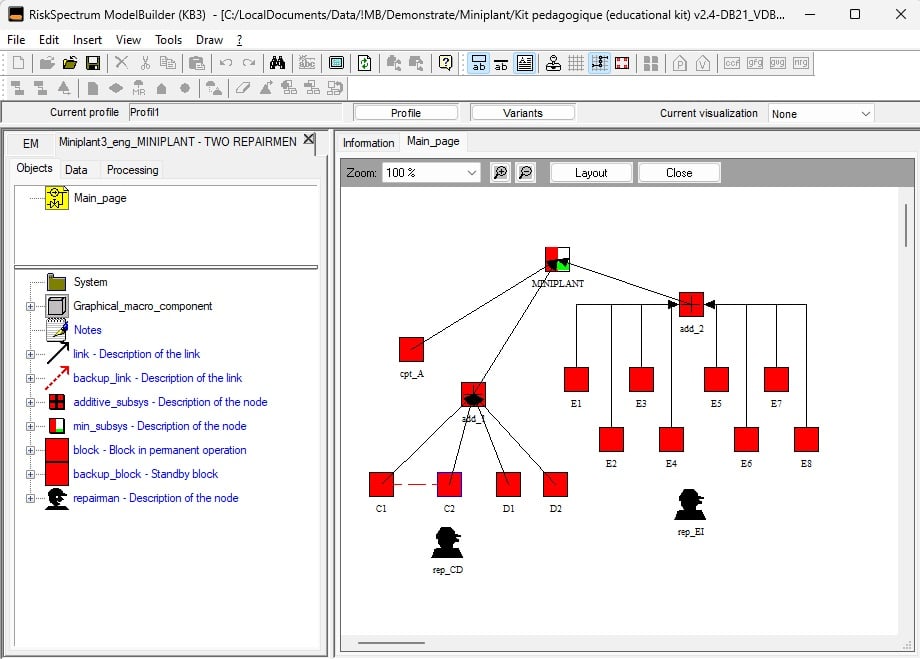
Model Based Safety Assessment brings dependability modeling closer to the system design and allow for automated analysis of high-level models.
RiskSpectrum ModelBuilder uses an object-oriented modeling language with elements of declarative programming called Figaro for describing the dependability logic of component types.
In the paper "Control Logic Encoding using RiskSpectrum ModelBuilder" available on the right, it is demonstrated how the Figaro language, and the concept of knowledge bases empowers dependability experts to create generic component descriptions that can be used in model-based safety assessment of various system types.
Three examples of Model Based Safety Assessment is outlined including the Figaro code for the knowledge base.
- Digital I&C: intelligent voting
- Spent fuel pool: a hybrid analysis
- Heterogenous power production: production priorities
The paper "Flexibility of Analysis Through Knowledge Bases" available on the right, illustrates the flexibility that a system model in RiskSpectrum ModelBuilder offers for dependability analyses.
Knowledge bases can simultaneously capture multiple system features, such as repairs including complex repair strategies, stand-by dependencies, deterministic system development, production levels, and mission phases.
An analyst who enters the model on the level of a system description does not have to keep a certain type of analysis in mind. Only when a system is defined, the analyst selects which of the model features shall be considered by the analysis. This also determines the analysis tools that have the capability to produce required results.
